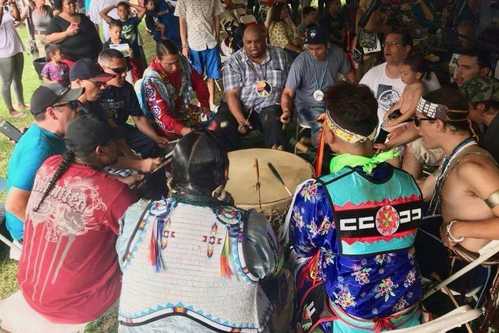Keywords: Extension
Item 16187
Island Avenue Extension, Sanford (photo 2 of 3), ca. 1905
Contributed by: Sanford-Springvale Historical Society Date: circa 1905 Location: Sanford Media: Print from Glass Negative
Item 16184
Island Avenue Extension, Sanford, ca. 1905
Contributed by: Sanford-Springvale Historical Society Date: circa 1905 Location: Sanford Media: Print from glass negative
Item 32208
217-224 Anderson Street Extension, Portland, 1924
Owner in 1924: Pinkham Associates, Inc. Style: Utilitarian Use: Factory
Item 83728
Sterling Street Extension, Peaks Island, Portland, 1924
Use: Summer Dwelling
Item 150273
Somerset County Cooperative Extension Service building, Skowhegan, 1977-1978
Contributed by: Maine Historical Society Date: 1977–1978 Location: Skowhegan Client: Somerset County Cooperative Extension Architect: Eaton W. Tarbell
Item 151761
Opportunity Farm cow barn, New Gloucester, ca. 1945
Contributed by: Maine Historical Society
Date: circa 1945
Location: New Gloucester
Client: Opportunity Farm Association
Architect: University of Maine Cooperative Extension Work in Agriculture
This record contains 2 images.
Exhibit
The Establishment of the Troy Town Forest
Seavey Piper, a selectman, farmer, landowner, and leader of the Town of Troy in the 1920s through the early 1950s helped establish a town forest on abandoned farm land in Troy. The exhibit details his work over ten years.
Exhibit
Throughout New England, barns attached to houses are fairly common. Why were the buildings connected? What did farmers or families gain by doing this? The phenomenon was captured in the words of a children's song, "Big house, little house, back house, barn," (Thomas C. Hubka <em>Big House, Little House, Back House, Barn, the Connected Farm Buildings of New England,</em> University Press of New England, 1984.)
Site Page
"Ballard’s husband, Ephraim, was surveyor and agent for the Kennebec Proprietors, and so generated extensive documentation within its papers."
Site Page
Historic Clothing Collection - Fabric Adaptive Reuse
"… applied, but sometimes the job was much more extensive as this informative and unusual group of surviving items from the Maine Historical Society…"
Story
The Village Cafe - A Place We Called Home
by Michael Fixaris
The Village Cafe was more than a restaurant. It was an extension of our homes and our families.
Story
Powwow Music
by Chris Sockalexis
Playing powwow music with my group, the RezDogs
Lesson Plan
Grade Level: 9-12
Content Area: Social Studies
Maine's quest for statehood began in the years immediately following the American Revolution. Though the state of Massachusetts consented to the separation in 1819 and Maine would ultimately achieve statehood in 1820, Maine’s split from Massachusetts was not without controversy and was not universally supported by people living in Maine. Using primary sources, students will explore the arguments for and against Maine statehood. Students will gather evidence and arguments to debate the statement: It is in the best interests of the people of Maine for Maine to become its own state.
Lesson Plan
Portland History: "My Lost Youth" - Longfellow's Portland, Then and Now
Grade Level: 6-8, 9-12
Content Area: English Language Arts, Social Studies
Henry Wadsworth Longfellow loved his boyhood home of Portland, Maine. Born on Fore Street, the family moved to his maternal grandparents' home on Congress Street when Henry was eight months old. While he would go on to Bowdoin College and travel extensively abroad, ultimately living most of his adult years in Cambridge, Massachusetts, he never forgot his beloved Portland.
Years after his childhood, in 1855, he wrote "My Lost Youth" about his undiminished love for and memories of growing up in Portland. This exhibit, using the poem as its focus, will present the Portland of Longfellow's boyhood. In many cases the old photos will be followed by contemporary images of what that site looked like 2004.
Following the exhibit of 68 slides are five suggested lessons that can be adapted for any grade level, 3–12.





















